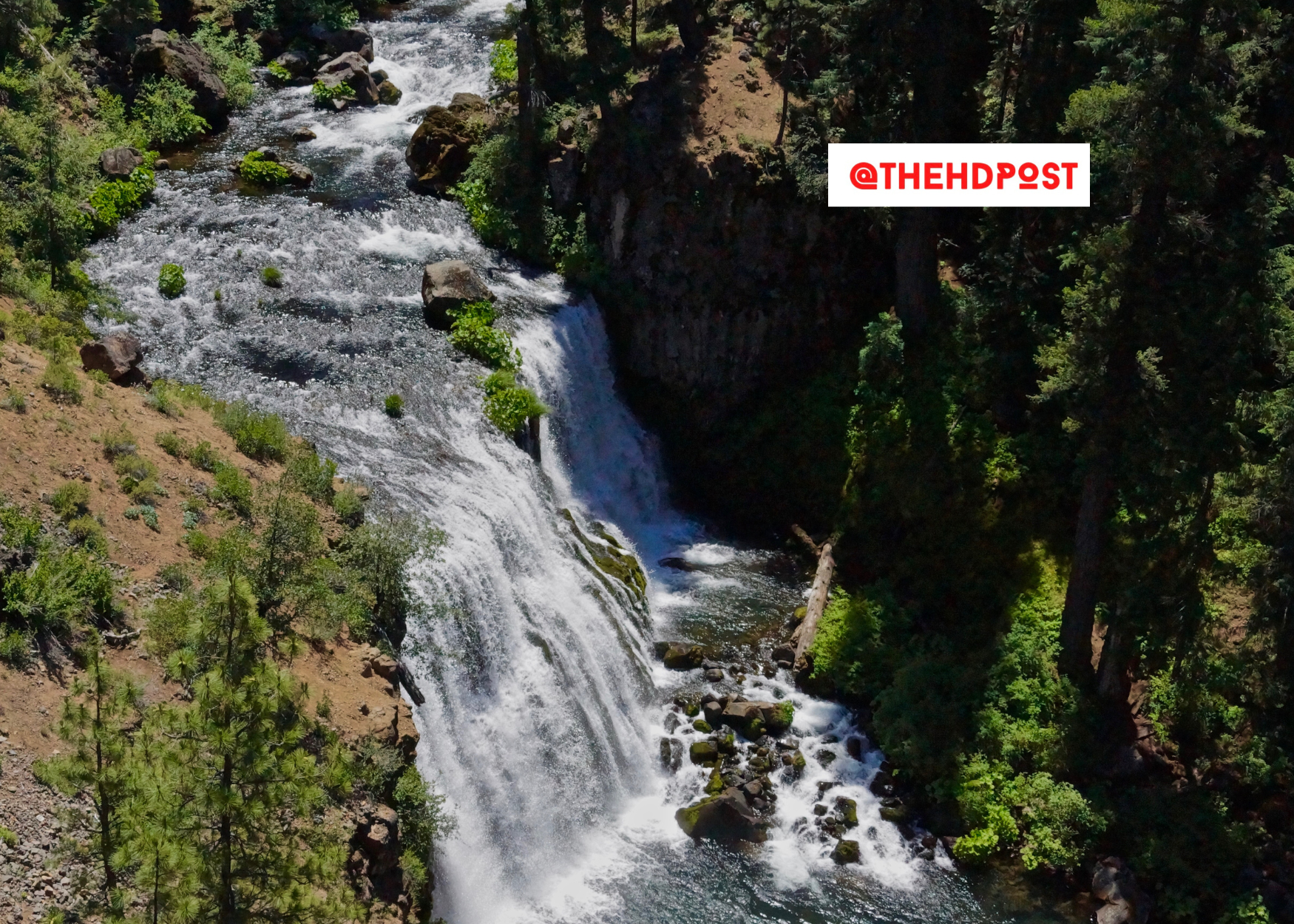
CALIFORNIA – Governor Gavin Newsom announced, September 4, that he’s ending the drought state of emergency in 19 counties where conditions have improved significantly following two wet winters.
The state of emergency will be in effect in the remaining 39 counties to address continued impacts to local water supplies and facilitate ongoing recovery.
Counties removed from drought state of emergency
In 2021, Newsom declared several statewide drought emergencies due to historically low water levels. He asked California residents to voluntarily reduce water use by 15%.
As a result of this week’s proclamation, the drought state of emergency is terminated in Imperial, Inyo, Los Angeles, Marin, Mendocino, Mono, Monterey, Orange, Riverside, San Bernardino, San Diego, San Francisco, San Luis Obispo, San Mateo, Santa Barbara, Santa Clara, Santa Cruz, Sonoma, and Ventura counties.
The state of emergency remains in effect in California’s remaining 39 counties.
The executive order says state agencies will continue all ongoing drought resilience planning work, including through coordination with local agencies and tribes.
However, Newsom’s office says the executive order rolling back several provisions of prior drought- and flood-related executive orders further narrows the drought state of emergency in the 39 counties.
The executive order also rescinds orders related to flooding following the 2023 winter storms in 53 counties.
Hotter, drier conditions could reduce California’s water supply by up to 10% by 2040
Newsom’s office estimates that hotter, drier conditions could reduce California’s water supply by up to 10% by the year 2040.
To address this, Newsom’s office says the state is implementing an all-of-the-above approach to safeguard and boost water supplies as outlined in the California Water Plan, Water Supply Strategy and Water Resilience Portfolio.
RELATED: Water Resources says supply could be reduced as much as 23% in 20 years

